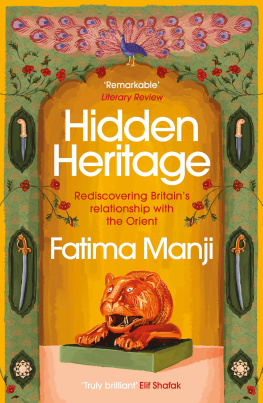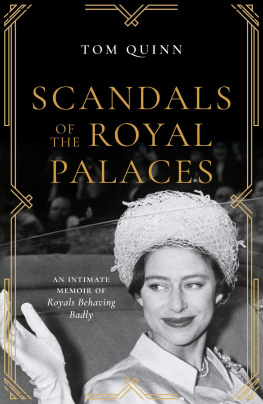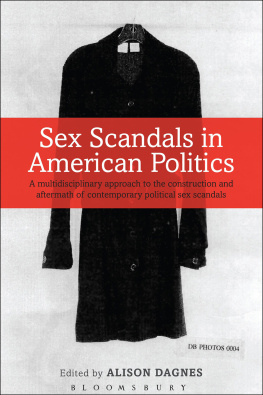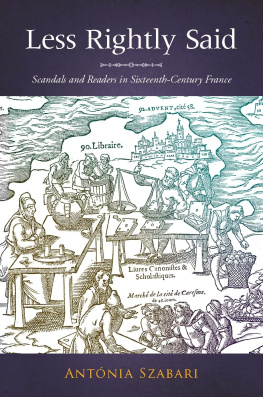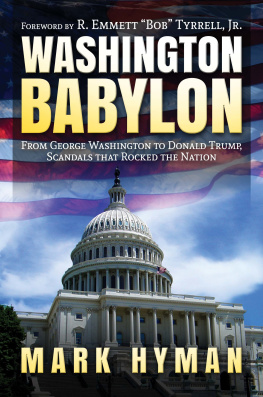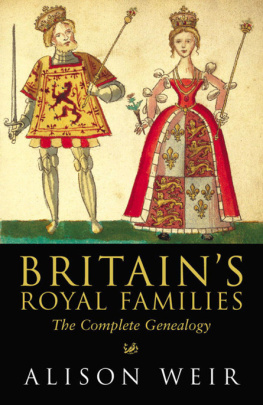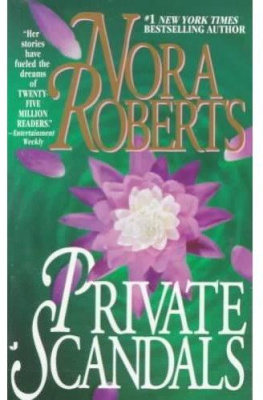Stately
Passions
by the same author:
Horse Racing in Berkshire (1992)
Horse Racing (Hulton Getty and Allsport Decades of Sport series, 2000)
Watching Monty (with Johnny Henderson, 2005)

First published in Great Britain in 2006 by
Michael OMara Books Limited
9 Lion Yard
Tremadoc Road
London SW4 7NQ
This revised edition first published 2012
Copyright Jamie Douglas-Home 2006, 2012
All rights reserved. You may not copy, store, distribute, transmit, reproduce or otherwise make available this publication (or any part of it) in any form, or by any means (electronic, digital, optical, mechanical, photocopying, recording or otherwise), without the prior written permission of the publisher. Any person who does any unauthorized act in relation to this publication may be liable to criminal prosecution and civil claims for damages.
A CIP catalogue record for this book is available from the British Library.
ISBN: 978-1-84317-154-6 in hardback print format
ISBN: 978-1-84317-955-9 in EPub format
ISBN: 978-1-84317-956-6 in Mobipocket format
Designed and typeset by Martin Bristow
Additional design by www.glensaville.com
www.mombooks.com
Acknowledgements
I am grateful to my publishers, Michael OMara Books Limited, and in particular to Michael OMara and Toby Buchan, whose assistance and advice were invaluable; to my editors, Kate Gribble and Dominique Enright (who also made the index), and copy-editor, Hugh Morgan, and to Ariane Durkin for reading the proofs. Grateful thanks, too, to Judith Palmer and David Sinden for the illustrations for this book, to Button Group plc for the jacket designs, and to Martin Bristow for the design and layout of the text.
Introduction
W HILE I WAS WRITING and researching Stately Passions, the irresponsibility and lack of accountability shown, over the centuries, by the British royal family and aristocracy made me gulp in amazement with increasing and worrying frequency. After all, the different generations of owners of these palaces and stately homes are merely custodians, one of whose duties it is to keep such houses and estates intact for their children, for their childrens children, and, indeed, in royaltys case, for the country and their subjects.
Yet throughout history, their willingness to gamble away their inheritances, produce strings of illegitimate children and partake of a hedonistic lifestyle of drink- and, later, drug-fuelled decadence, without any regard for the consequences or even the faintest degree of contriteness, almost beggars belief. Didnt anybody in the opulent drawing rooms of these stately homes notice what was happening on the other side of the Channel during the French Revolution? Obviously not: indeed, the behaviour of Britains royals and upper classes throughout the century that followed was arguably even more debauched than it had been before our Gallic neighbours decided to dispense with their dissolute monarchy.
Boredom, which a privileged and spoiled existence inevitably brings, was probably partly to blame for the propensity for bed-hopping with members of the same or the opposite sex; wife-swapping; betting staggering sums on the horses and the tables, like Georgiana, Duchess of Devonshire; and even, in Henry VIIIs case, beheading an unfaithful spouse. But not entirely even those who took their duties seriously and displayed some sort of social conscience, such as Prime Ministers Melbourne, Palmerston and Grey, were constantly involved in adulterous relationships and, actually or reputedly, fathered several bastard children. In their case, perhaps, the old adage that power is the greatest aphrodisiac is true.
Of course, the aristocracy has now lost most of its political power and very few hereditary peers sit in the House of Lords. But modern members of this elite club still seem to have inherited the ability to shock lesser mortals with their eccentric and, sometimes, criminal behaviour.
When the contents of his recently deceased fathers will were revealed in 2010, Jasper Orlando Slingsby Duncombe must have had cause to regret a colourful past. The new Baron Feversham discovered that he had been disinherited and that Duncombe Park, his Yorkshire family seat, and a 46-million-pound fortune, based on coal, had been left to Jake, his younger brother.
Clearly their long-suffering father had not forgotten that, eleven years earlier, his eldest son, high on cocaine and sporting a false moustache, had held up a Bayswater corner shop. Furthermore, the sixth Baron did not seem to approve of his heirs more recent employment, running two pornography companies, Tongue in Cheek and Relish XXX. The latter company distributes porn films, including titles such as To The Manor Porn, to NHS fertility clinics and sperm banks!
The case of Alexander Charles David Drogo Montagu, the thirteenth Duke of Manchester, springs to mind, too. His Grace, who, in his time, has been deported from Canada and imprisoned twice for fraud, was exposed as a bigamist in Londons High Court in 2011.
In the end, however, it must be left to the reader to decide whether promiscuity and degeneracy occur with similar regularity in the less fortunate strata of society, or if this strange state of affairs can be put down to the simple fact that Britains royalty and aristocracy were blessed, or fated, with oversized libidos, as well as often gargantuan appetites for drink or drugs and occasionally both.
J AMIE D OUGLAS -H OME
CHAPTER ONE

T HE P ALACE OF H OLYROODHOUSE
T HE RICH HISTORY OF the Palace OF H OLYROODHOUSE , which stands at the end of Edinburghs famous Royal Mile under the citys prominent hillside landmark, Arthurs Seat, began in the dark twelfth century. Almost nine centuries ago, in 1128, Scotlands King David I was hunting on the outskirts of Edinburgh when he had a vision in which a cross, or rood, belonging to his mother, Queen Saint Margaret, appeared between the antlers of a stag that had turned on its pursuers. David was so moved by his religious experience that he ordered an Augustinian monastery to be built on the very spot where the attacking deer had stood. The apt symbol of the abbey a stags head, with its horns framing a cross is used to this day.
When Edinburgh grew to be recognized as the Scottish capital, the countrys monarchs chose to live at Holyroodhouse, surrounded by its tranquil parkland, rather than in cold and forbidding Edinburgh Castle, high on a windswept rock above the city. In 1501 James IV cleared the woodland close to the abbey and constructed a glorious palace where he could live with his new bride, Margaret Tudor, the daughter of Englands King Henry VII. The centuries have taken their toll, however; today, all that remains there is a small piece of the gatehouse of James and Margarets magnificent dwelling.
His successor, James V, added a huge tower between 1528 and 1532 and a new west front three years later. As James IV had built the palace to serve as a defensive stronghold, these renovations, which included an enormous amount of glasswork, made Holyroodhouse a far more comfortable place to inhabit for Jamess first wife, Madeleine, the daughter of Francis I of France, and his second wife, Mary of Guise, who was crowned in the abbey and was later to bear the King a daughter who would succeed him as Mary Queen of Scots.
Mary Queen of Scots, who returned to rule Scotland in 1561 after the death of her husband, Francis II of France, spent much of her short but dramatic life at Holyroodhouse and married each of her two other spouses, Lord Darnley and the Earl of Bothwell, in the abbey. But the palace fell into disrepair under her son, James VI of Scotland, and was not used as a royal residence after he moved to London following the death of Elizabeth I in 1603 to become Englands king as well. When James returned to Edinburgh in 1617, the palace was smartened up, and further refurbishments were carried out when Charles I was crowned King of Scotland in 1633, having succeeded his father on the latters death in 1625.
Next page

